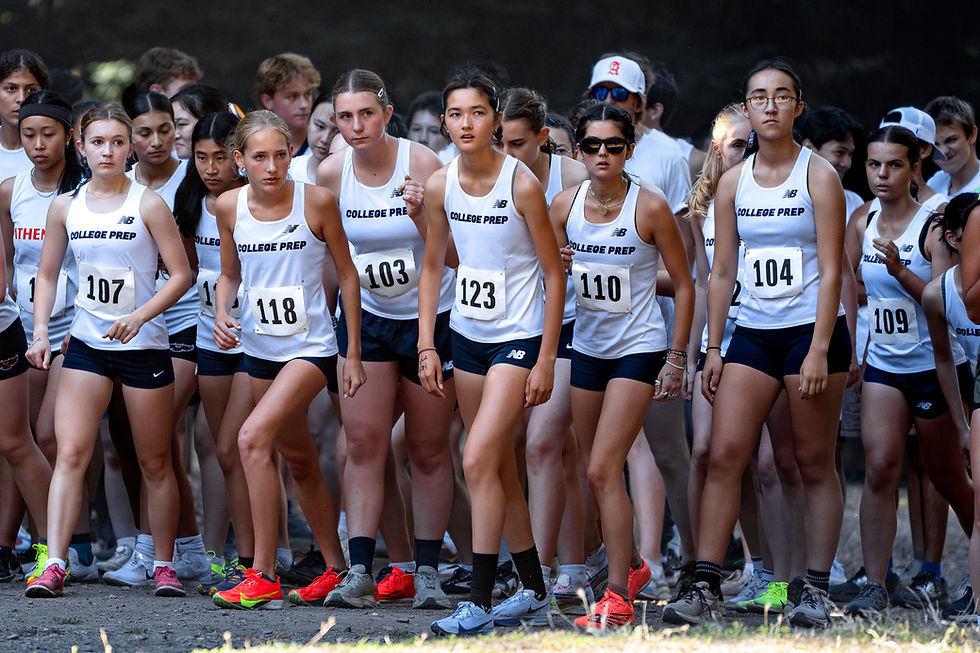Opinion: The Problem of the Individual Shooter
- Gardner Rees
- Mar 17, 2024
- 4 min read
Updated: Mar 19, 2024
Jinane E. '26

Sorrow hangs thick in the street lights of Prague, and the cold air, symbolic of the horrific events of December 2, cautions an even colder future to come. Red candles adorn the sidewalks leading to Charles’ University, one of the world’s oldest universities, and on December 21, the site of the Czech Republic’s most tragic mass shooting. Across the Charles Bridge, the connection between the “little side” and the old town, Malá Strana and Staré Mesto, turned into an escape route. All connections became psychological, a shared sense of all-consuming fear.
The mass shooter, a Czech national, opened fire on students and passersby in Charles’ University, killing 15 people and wounding 25 others.
The mayor of Prague, Bohuslav Svoboda, told Czech Television, “We always thought that this was a thing that did not concern us. Now it turns out that, unfortunately, our world is also changing and the problem of the individual shooter is emerging here as well.” His words are not just directed toward Czechs, they are a solemn warning to the rest of the world, especially countries where gun violence does not seem like an especially pronounced part of the culture.
America, which has seen hundreds of incidents like Prague’s, can empathize and provide some sort of consolation similar to the first shared sense of grief. However, unlike the Czech Republic, America is a nation with more guns than people. Gun ownership in the Czech Republic, which increased notably after the Russian invasion of Ukraine, does not occupy a place of violence in Czech culture; rather, it is identified with sporting and hunting activities, liberties enjoyed since the Moscow-imposed communist regime’s collapse.
Due to the fact America’s gun problem drastically differs from the rest of the world’s, it would be counterintuitive to compare it to other countries that have taken measures (however minimal) to curb gun violence. Additionally, it is worth noting that the United States gun problem has empirically worsened since 1993, and its own tragic phenomenon is unique from all other countries.
Svoboda’s reference to the “individual shooter,” is not novel. The individual shooter acts on their own accord, without any pattern to the selection of victims, nor connections to international terrorism, obtaining firearm(s), and are usually influenced by related outside acts.
The National Library of Medicine estimates that civilians own about 650 million firearms, from handguns to assault rifles, worldwide—about 75% of the world's 875 million known total, while US citizens account for 270 million firearms.
The gun culture familiar to Americans of the self-serving individualness of constitutionalized rights twisted to fulfill an all-consuming gun culture plagues society and has begun to spread. American culture apotheosizes guns, depicting them as the preservers of safety, security, and power. And in addition to the persistent problem of U.S. gun culture ideology, an issue rarely brought up in the United States that fuels individual acts of violence, is the federal government’s successful push to boost overseas gun sales. Not only is the United States emitting a hotbed of gun-romanticizing, and armed supremacy ideals, but it is supplying the very weapons used to kill civilians in other countries.
Brazil has suffered 17 school attacks in the past five years. Particularly recently, a 16-year-old boy carried out two mass shootings at separate schools, killing four people and wounding ten others. Aracruz police detective André Jaretta explained that “The Columbine and Suzano attacks interested him greatly. He read about them. He learned the stories of the perpetrators. They were an inspiration to him.” The “Columbine effect,” deemed by researchers as the captivation (that has inspired mass shootings abroad) with Eric Harris and Dylan Klebold, two students who carefully planned and carried out the Columbine High School massacre in 1999, killing 13 people.
Thailand’s Tha Uthai nursery massacre, in October of 2022 was individually perpetrated by a then recently-fired police officer, who killed 23 children and two teachers in under thirty minutes with a Sig-manufactured semi-automatic pistol. The pistol, originally constructed and assembled on New Hampshire’s rocky seacoast traveled around 8,000 miles to reach Tha Uthai according to an investigation conducted by Bloomberg.
It is misleading to blame the actions of individual shooters on the worsening global mental health crisis because it diverts the blame from the real problem. Rather, it is essential to recognize that mental health problems related to gun violence stem from the inherent issues of gun culture ideology: assertive power and the notion of supremacy over others.
Not only are mass shootings a global problem, but, in an increasingly interconnected society, they are becoming individualized. Individual freedom, when allowed to proliferate in a violent manner under violent messaging, threatens public freedom. As the world steadily globalizes, forms of violence evolve and multiply. While it is true that people act on their own accord, the problem of the individual shooter points to a larger issue of gun culture that has gone global. Incidents in the past point to this, such as the mass shooting at the Aracruz school shooting in Brazil and the Tha Uthai nursery massacre.
This article originally appeared in the Historian’s Tribune.





Comments